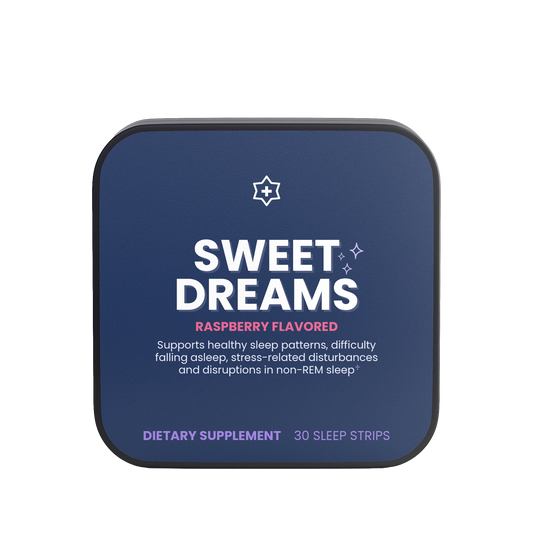Is Melatonin Safe? Side Effects, Safety for Kids & Pregnancy, and the Right Dosage

Key Takeaway: Is Melatonin Safe?
- Yes, generally safe for healthy adults at low doses and short-term.
- Possible side effects: drowsiness, dizziness, nausea, headaches, vivid dreams.
- Kids/teens: only under pediatric supervision.
- Pregnancy/breastfeeding: avoid unless prescribed.
- Long-term: data is limited—use the lowest effective dose and review with your clinician.
What Is Melatonin & Why Do People Use It?
Melatonin is a hormone from the pineal gland that helps regulate the sleep–wake cycle. Supplemental melatonin (pills, tablets, gummies) mimics the natural signal for sleep. Common reasons to use it:
- Insomnia or sleep onset issues
- Jet lag to help re-align circadian rhythm
- Shift work support

Melatonin Side Effects (Usually Mild)
- Daytime drowsiness—more likely with higher doses
- Headache or dizziness
- Digestive upset (nausea, cramps)
- Mood or dream changes (rare)
Tip: minimize effects by starting low (≈1 mg), taking 30–60 minutes before bed, and dimming lights/screens.
Is Melatonin Safe for Kids?
Short-term use may be appropriate under a pediatrician’s guidance, but it should never replace healthy sleep routines. Long-term effects on growth/puberty are still being studied. Infants: always consult a pediatrician.
Melatonin in Pregnancy & Breastfeeding
Melatonin levels naturally rise in pregnancy, but supplement safety data is limited. Most clinicians recommend avoiding melatonin during pregnancy or breastfeeding unless specifically prescribed.

Best Dosage: How Much Melatonin Should You Take?
- Adults: 0.5–3 mg (up to 5 mg short-term), 30–60 minutes pre-bed.
- Children: 0.5–3 mg only with pediatric oversight.
- Jet lag: 2–5 mg at local bedtime for a few nights.
More isn’t better. High doses increase side effects and don’t reliably improve sleep quality.
How to Choose a Quality Melatonin Brand
- Third-party testing for purity and accurate dosing
- Clear dose per gummy/tablet; minimal fillers
- Evidence-based, low-dose formulas with calming botanicals
Is Long-Term Melatonin Use Safe?
Data beyond 6–12 months is limited. Concerns relate to hormone signaling (especially in kids/teens) and potential next-day sedation with higher doses. If using longer-term, review periodically with your clinician and keep the dose as low as possible.
FAQ
Is melatonin addictive?
No—melatonin is not habit-forming. It signals sleep; it doesn’t sedate like prescription hypnotics. Psychological reliance can occur, so pair with solid sleep hygiene.
Can I take melatonin every night?
Many adults use low-dose melatonin nightly for a period without issues. Review ongoing use with your clinician and keep doses low.
When should I take it?
About 30–60 minutes before bedtime. For jet lag or circadian issues, timing may change—follow a plan.
Dr. Melanie Lee
Sleep Researcher at UCLA. Focus on melatonin physiology, circadian biology, and supplement safety.
Related: Melatonin Side-Effects • How Much Melatonin Is Too Much? • Insomnia Guide
References & Further Reading
- NCCIH. Melatonin: What You Need to Know. 2024. nccih.nih.gov
- American Academy of Sleep Medicine. Clinical Practice Guideline... J Clin Sleep Med. 2017;13(2):307–349.
- Ferracioli-Oda E, et al. Meta-analysis: Melatonin for Primary Sleep Disorders. PLoS One. 2013;8(5):e63773.
- Zhou ES, et al. Safety and Effectiveness of Melatonin in Adults. Nat Sci Sleep. 2022;14:1791–1802.










